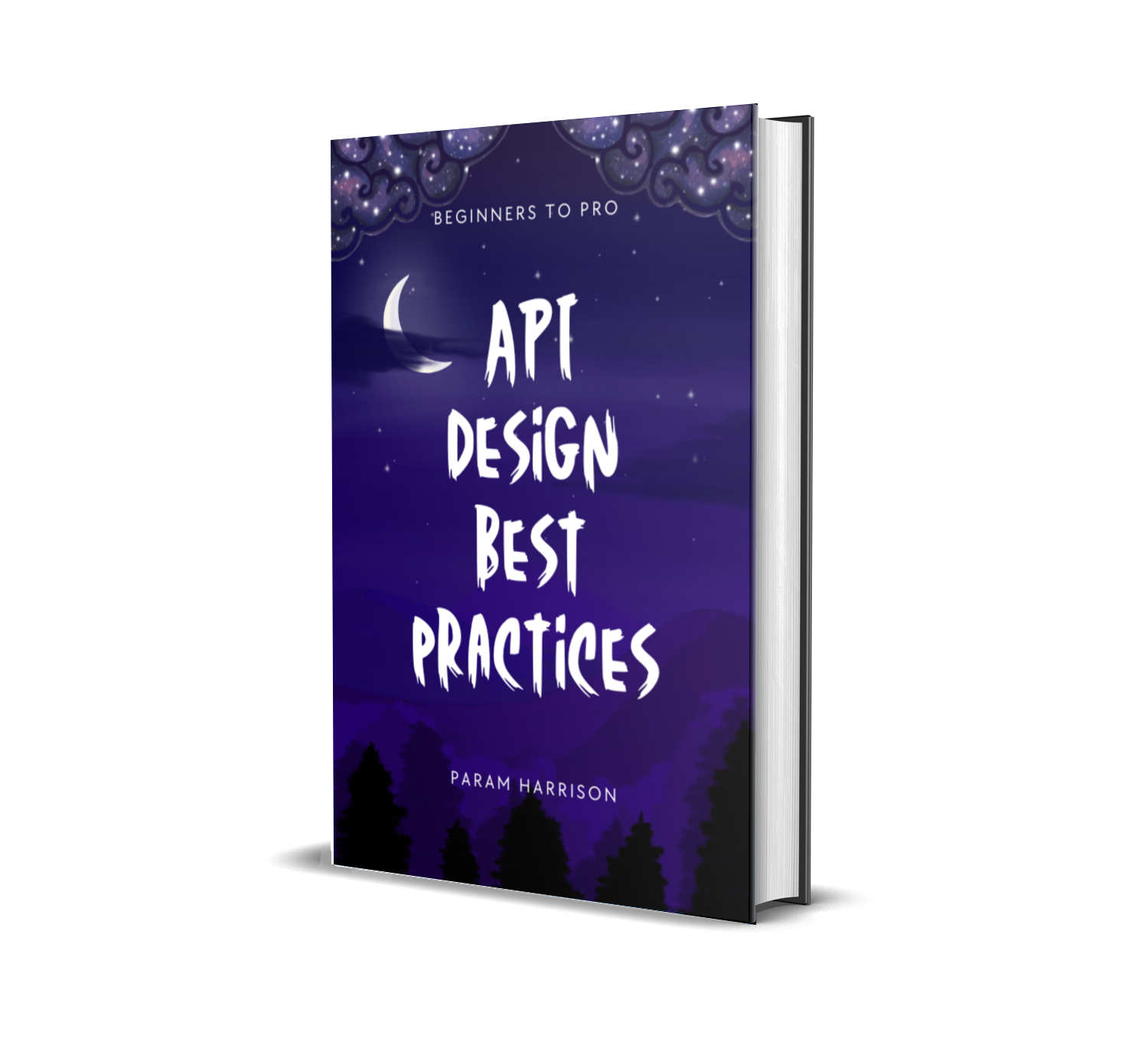useRef helps you to avoid re-rendering of the component
useRef can store any mutable data that you want to persist between renders. It helps you to avoid re-rendering of the component when you don't want to.
useRef vs useState
useRef is similar to useState but there are some differences,
- both
useStateanduseRefcan maintain the value between renders. useStateis used to store the state of a component whereasuseRefis used to store any mutable value.useStatewill cause the component to re-render when the state is updated whereasuseRefwill not cause the component to re-render when the value is updated.
const [text, setText] = useState('')
const handleTextChange = (e) => {
setText(e.target.value)
}
// re-renders the component on every text change
return (
<div>
<input type="text" value={text} onChange={handleTextChange} />
</div>
)
Using useRef to store the value of the input element will not cause the component to re-render when the value is updated.
const textRef = useRef('')
const handleTextChange = (e) => {
textRef.current = e.target.value
}
// no re-renders when the text changes
return (
<div>
<input type="text" value={textRef.current} onChange={handleTextChange} />
</div>
)
useRef is mostly used for,
- storing the previous value of a state or props of a component across rendering of a component
- accessing DOM nodes in React
useRef to store the previous value of a state or props of a component
import React, { useState, useRef } from 'react'
const Slide = ({ selectedSlideIndex }) => {
const [slide, setSlide] = useState(selectedSlideIndex)
const prevSlideRef = useRef()
// update the previous slide value when the slide value changes
useEffect(() => {
prevSlideRef.current = slide
}, [slide])
const prevSlide = prevSlideRef.current
return (
<div>
<p>Current slide: {slide}</p>
<p>Previous slide: {prevSlide}</p>
<button onClick={() => setSlide(slide + 1)}>Next</button>
</div>
)
}
In the above example, useRef helps to maintain the previous value of the slide state variable.
Some of the use cases are,
- undo/redo functionality
- maintaining the previous value of a state variable to compare with the current value and perform some action
- saving a draft if value of a textarea is changed
- showing a confirmation dialog if the value of a textarea is changed and the user tries to navigate away from the page
useRef to access DOM nodes
import React, { useRef, useEffect } from 'react'
const Input = () => {
const inputRef = useRef(null)
// focus the input element when the component is mounted
useEffect(() => {
inputRef.current.focus()
}, [])
return (
<div>
<input ref={inputRef} type="text" />
</div>
)
}
In the above example, useRef helps to access the input element and focus it when the component is mounted.
Some of the use cases are,
- focusing or blurring an element
- accessing the DOM node to get the size of an element
- accessing the DOM node to get the scroll position of an element
Hope this helps to learn the magic of useRef hook. Happy referencing 😃
